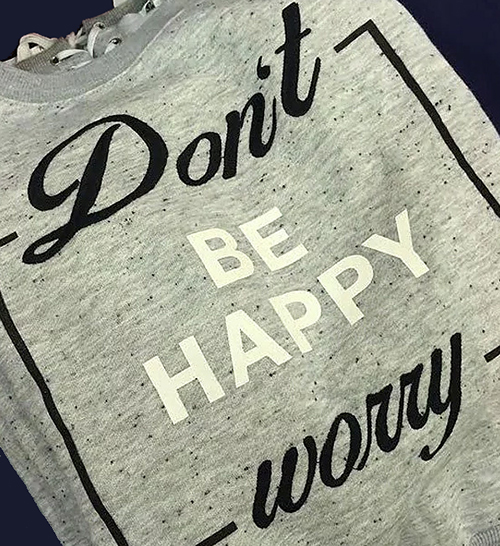Books come in all shapes and sizes, from picture books for children to 1000-page, text-only novels. No matter the book or who it’s for, design matters. The design can set the tone and expectations for a book. A reader expects something much different in the design of a horror novel compared to a romance. Good design is invisible, especially with text-heavy books. It is the lack of distraction that makes the design good. While image-heavy books can—and should—focus on aesthetics, how they are put together and designed should not distract from the content.
Widows and orphans are the last line of the paragraph at the top of a new page or column or the first line at the bottom of a previous page or column. There is some argument about which is which; I’ve been told that orphans are left alone at the beginning and widows are left alone at the end. But is it the beginning and end of the paragraph or of the page? The difference really only matters if one is more allowed than the other. And in fact one is. It’s much less distracting to have a single line at the bottom of a page than it is to have a single line at the top of one. A widow at the top of the page is even worse when it’s followed by a section break and not just a new paragraph. It can make that line stand out and seem emphasized when that was never the author’s intent. As Marshall McLuhan says, “the medium is the message.” Oversimplified, McLuhan’s sentiment means that a book is a story. But what he’s really getting at is that how the message—the story—is delivered matters. A poorly designed book can change the whole tone and distort the author’s message.
Let’s be honest, a couple of widows and orphans in a truly engaging story won’t ruin the whole book. Yet lining up the text to avoid them is not a typesetter’s or designer’s only job. A good font, the right-sized margins, logical hyphens and word breaks, and chapter headers and scenes breaks, are just a few of the other important elements included in good design.
When books include images, the hierarchy of design elements shifts. The relationship of the text to the images is very important. Breaking mid-sentence to insert a few pages of illustrations before continuing the text is frustrating to the reader. A well-designed book would make sure the image has something to do with the text, and that the text is nicely formatted so that the reader can finish the paragraph or the section and then take time to look over the connected images. Consistency is important in all types of book design, but including images adds another element to consider. Images should enhance a book without blatantly interrupting the flow of the text.
A professionally-designed book not only makes the book look, well, professional, but it also helps highlight the author’s intent and message without distraction or distortion. It may be the last piece of the publishing puzzle, but it is by no means the least. Design matters.

